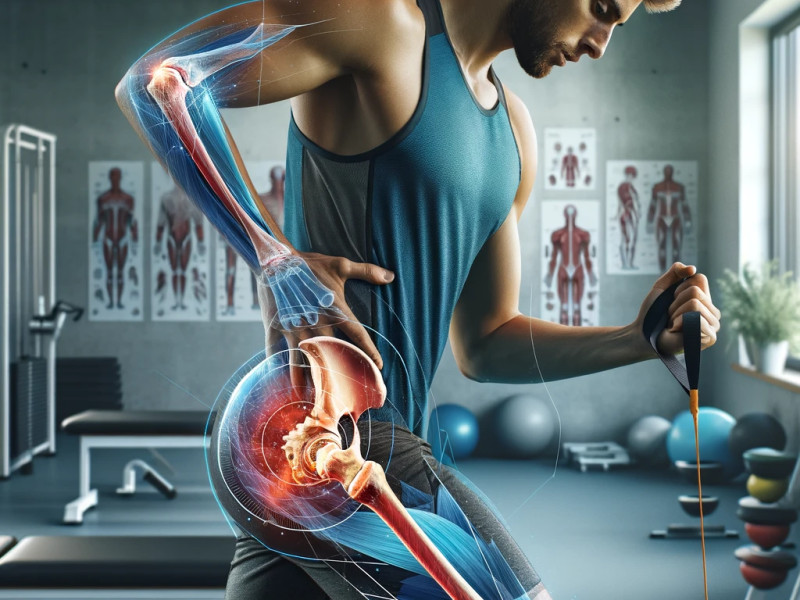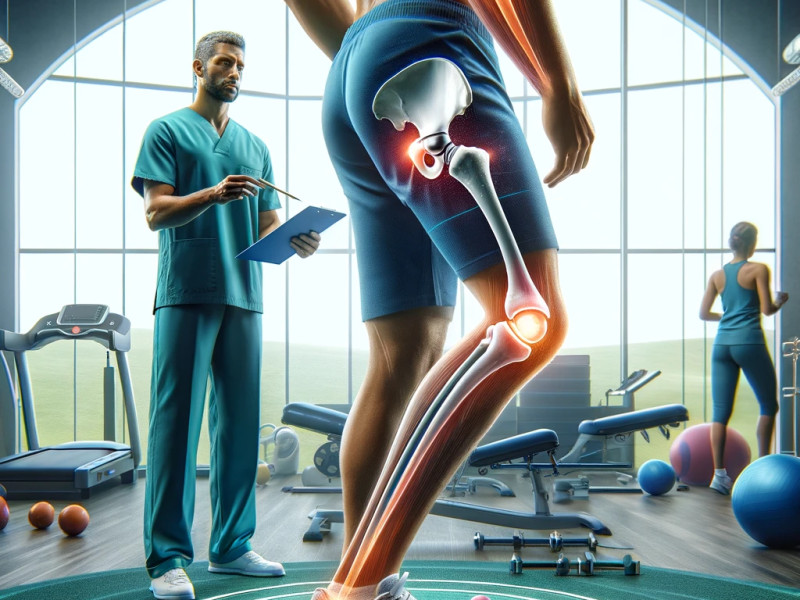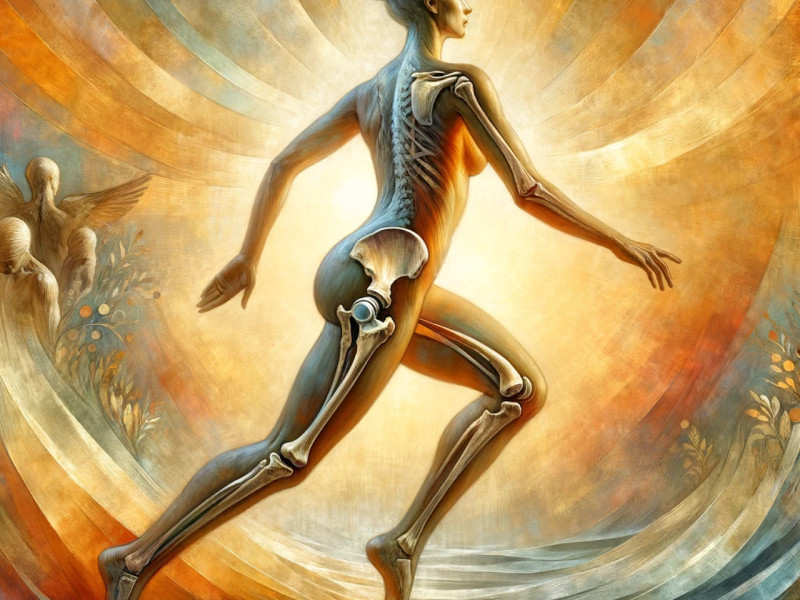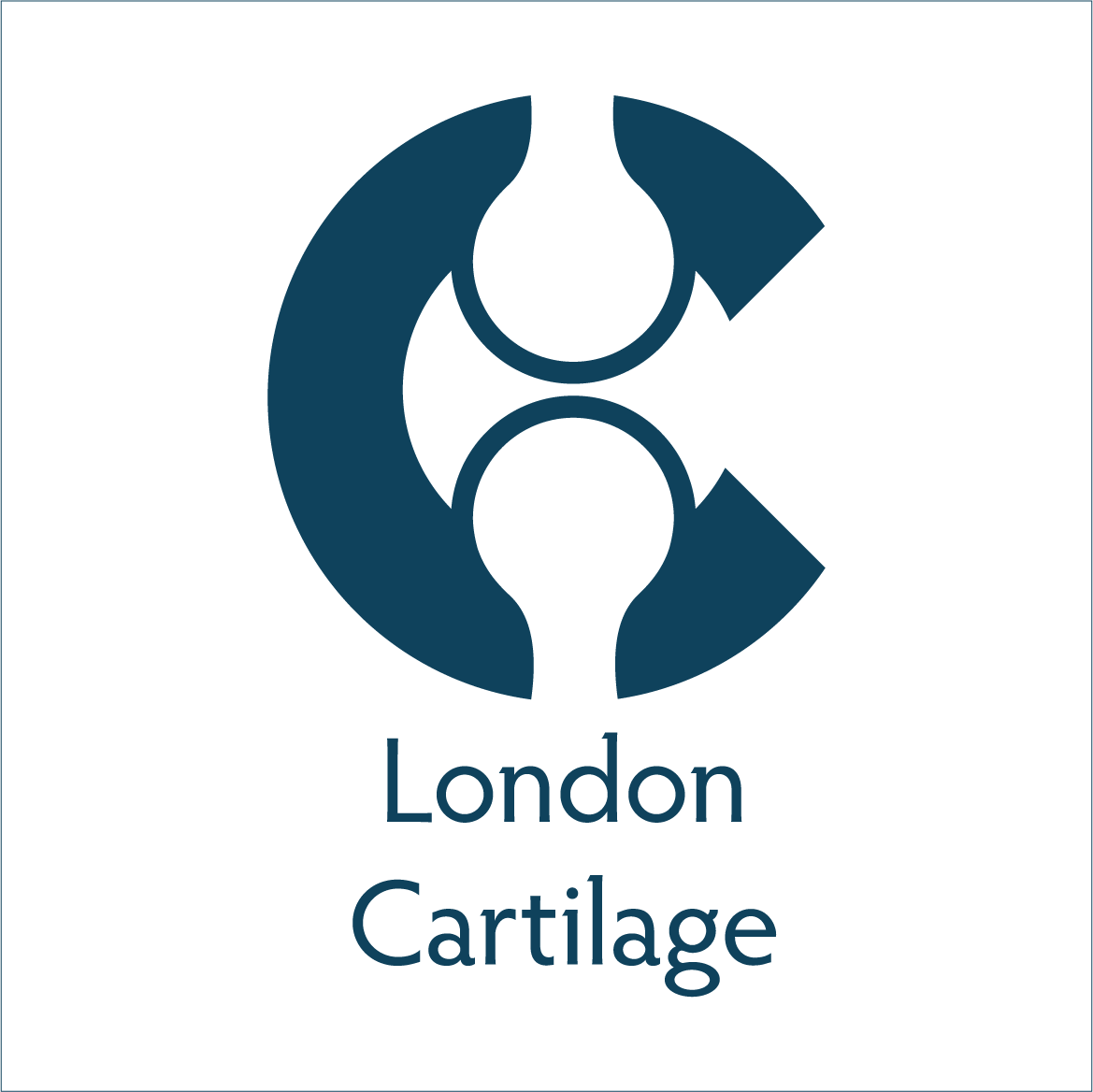SPAIRE Hip - Preserving Muscles and Anatomy Enhancing Hip Stability and Recovery.
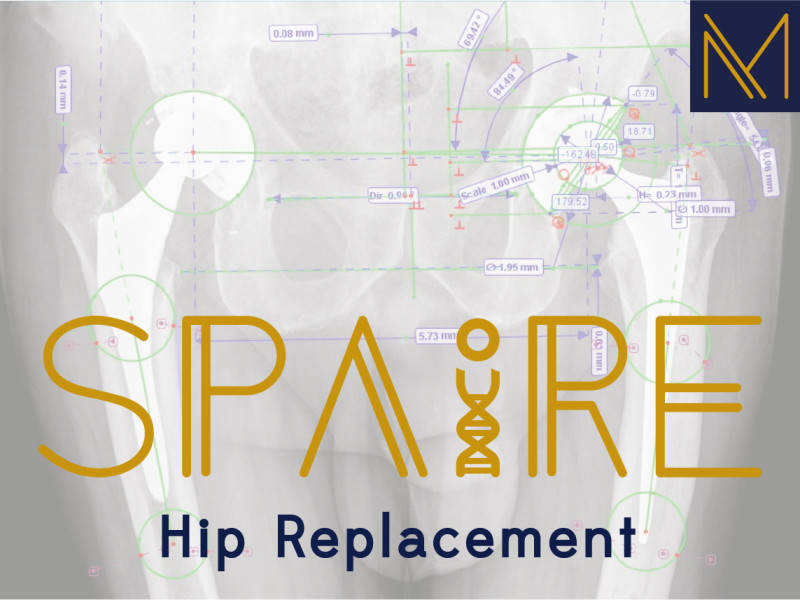
SPAIRE Hip
The SPAIRE technique is a muscle-sparing approach to hip replacement surgery. It involves a modified posterior approach to the hip joint, allowing for the sparing of the piriformis and obturator internus muscles. This technique aims to minimize postoperative pain and improve gait and mobility outcomes for patients.
The SPAIRE (Soft-tissue Preserving, Anatomic, Internus muscle Retaining, External rotator preserving) technique, originally described as the Modified Posterior Approach by Kim et al. in 2008, offers a muscle-sparing approach to hip replacement surgery. This innovative method utilises a modified posterior approach that preserves key muscles, such as the piriformis and obturator internus, as well as other short external rotators (Kim et al., 2008).
Biomechanical Benefits of SPAIRE Hip
The preservation of these muscles and anatomical structures may contribute to improved functional outcomes and biomechanical advantages. Roger and Hill (2012) also noted that leaving some of the short external rotators intact could offer clinical benefits, such as less surgical dissection and potential improvement in hip stability and postoperative recovery.
Clinical Evidence of SPAIRE Hip Replacement
The SPAIRE technique has been shown to be effective in enhancing postoperative hip stability and recovery. According to Kim et al. (2008), preserving these anatomical structures may contribute to improved hip stability compared to traditional posterior or mini-posterior approaches. The study retrospectively divided 557 patients (670 hips) into three groups based on the treatment of the external rotator muscles during surgery. Remarkably, in the group where these muscles were preserved, no dislocations were observed. In contrast, the dislocation rates for the repaired and non-repaired groups were 3.9% and 5.3%, respectively (Kim et al., 2008).
Several studies have investigated the effectiveness of the SPAIRE technique in hip replacement surgery. One study found that the use of the SPAIRE technique in hip hemiarthroplasty for displaced intracapsular hip fractures was associated with an increase in the return to pre-injury level of mobility compared to a standard lateral approach (Charity et al., 2022). Another study reported initial success with the SPAIRE technique in total hip replacements for various diagnoses (Lee et al., 2017). Additionally, the SPAIRE approach has been shown to be superior to the standard lateral approach in patients who underwent hip hemiarthroplasty after a neck of femur fracture in terms of patients returning to their pre-injury level of mobility (Selvaratnam et al., 2023).
The SPAIRE technique, which allows for the sparing of the piriformis and obturator internus muscles in a modified posterior approach to the hip, has shown promising results in terms of biomechanical benefits (Lee et al., 2017). Restoration of anatomy and function with the SPAIRE technique is enhanced by the preservation of the quadriceps coxae, which plays a complex functional role in hip movement (Hanly et al., 2017). This preservation of muscle and anatomy may contribute to improved biomechanical outcomes in hip replacement surgery.
Furthermore, the use of a dual mobility total hip replacement system has been suggested as a better treatment modality for individuals requiring more stability and a greater range of motion before dislocation (Parikh et al., 2022). Although this study does not directly address the SPAIRE technique, it emphasizes the significance of considering different implant designs and techniques to optimize biomechanical outcomes in hip replacement surgery.
Conclusion
In conclusion, the SPAIRE technique has shown potential biomechanical benefits in hip replacement surgery. Preservation of muscles and anatomy, such as the piriformis and obturator internus, may contribute to improved functional outcomes and restoration of normal hip biomechanics. Further research and comparative studies are needed to fully evaluate the biomechanical advantages of the SPAIRE technique compared to other traditional approaches.

References:
Charity, J., Ball, S., & Timperley, A. (2022). The use of a modified posterior approach (spaire) may be associated with an increase in return to pre-injury level of mobility compared to a standard lateral approach in hemiarthroplasty for displaced intracapsular hip fractures: a single-centre study of the first 285 cases over a period of 3.5 years. European Journal of Trauma and Emergency Surgery, 49(1), 155-163. https://doi.org/10.1007/s00068-022-02047-1
Hanly, R., Sokolowski, S., & Timperley, A. (2017). The spaire technique allows sparing of the piriformis and obturator internus in a modified posterior approach to the hip. Hip International, 27(2), 205-209. https://doi.org/10.5301/hipint.5000490
Lee, P., Charity, J., & Timperley, J. (2017). Details of a tendon–sparing posterior approach in hemiarthroplasty in the treatment of displaced intracapsular neck of femur fracture. Journal of Arthritis, 06(03). https://doi.org/10.4172/2167-7921.1000243
Selvaratnam, V., Gunainthran, S., Akmal, I., & Kassim, A. (2023). The modified spare piriformis and internus, repair externus approach for hip arthroplasty. Cureus. https://doi.org/10.7759/cureus.34999
Kim, Yong Sik MD1,a; Kwon, Soon Yong MD2; Sun, Doo Hoon MD3; Han, Suk Ku MD4; Maloney, William J. MD5. Modified Posterior Approach to Total Hip Arthroplasty to Enhance Joint Stability. Clinical Orthopaedics and Related Research 466(2):p 294-299, February 2008. | DOI: 10.1007/s11999-007-0056-8


